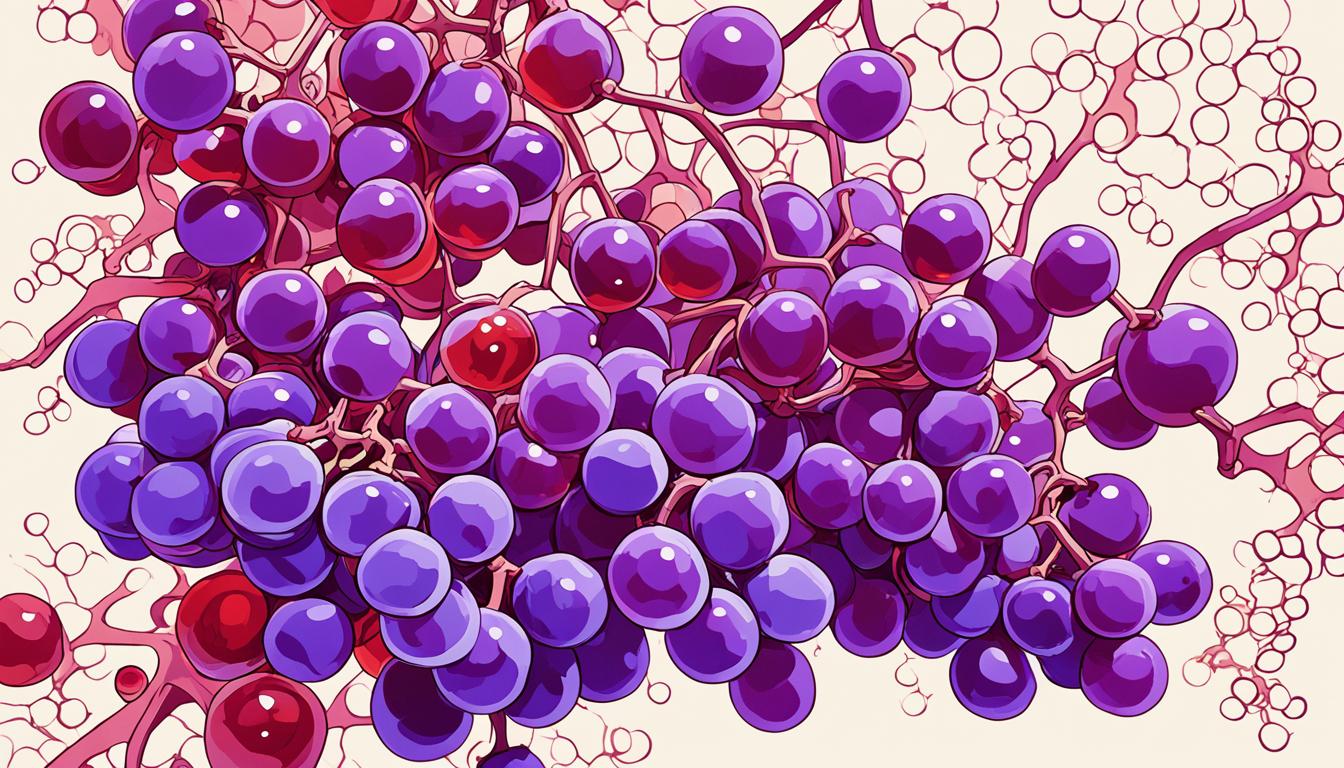When we savor a glass of wine, the sensations we experience go beyond simply tasting the liquid. The interplay of flavors, aromas, and textures creates a multifaceted experience that captivates our senses. At the heart of this intricate symphony lies the role of tannins, a crucial component that contributes to the unique character of each wine. In this article, we’ll delve into the science behind how we perceive tannins, unraveling the mysteries that make this element so integral to our wine-tasting journey.
Tannins are a complex group of compounds found in wine, and their influence on our perception of the beverage is profound. By understanding the role of tannins and how our senses interact with them, we can enhance our appreciation for the nuanced flavors, textures, and mouthfeel that make each wine a distinct and captivating experience.
Unraveling the Mysteries of Wine Tannins
As wine enthusiasts, we’re often captivated by the complex interplay of flavors and sensations that define our drinking experiences. At the heart of this intricate tapestry lie the intriguing compounds known as tannins, which play a pivotal role in shaping the character and mouthfeel of our favorite wines. Let’s delve into the world of tannins and uncover their significance in the world of oenology.
What Are Tannins and Why Do They Matter?
Tannins are a group of polyphenolic compounds found naturally in various plant materials, including grape skins, seeds, and stems. In the context of winemaking, tannins are responsible for the astringent, drying sensation we often experience when sipping a bold, tannic red wine. These compounds are not merely a byproduct; they play a crucial role in the structure, stability, and longevity of the wine.
The Role of Tannins in Wine Flavor and Mouthfeel
Tannins contribute to the overall flavor profile of a wine, imparting a range of nuanced notes, from earthy and spicy to fruity and floral. They also play a significant role in the wine’s mouthfeel, lending a sense of weight, body, and complexity. The interplay between tannins and other wine components, such as alcohol and acidity, creates the unique sensations we associate with different grape varieties and styles.
| Tannin Source | Flavor Contribution | Mouthfeel Impact |
|---|---|---|
| Grape Skins | Fruity, Spicy, Earthy | Firm, Structured |
| Grape Seeds | Bitter, Nutty, Astringent | Drying, Grippy |
| Oak Barrels | Vanilla, Toasted, Smoky | Smooth, Integrated |
By understanding the role of tannins in wine, we can appreciate the nuances and complexities that make each bottle a unique sensory experience. As we continue our journey through the world of wine, the insights we gain about tannins will undoubtedly enhance our overall appreciation and understanding of this captivating beverage.

“Tannins are the unsung heroes of the wine world, quietly shaping the character and longevity of our favorite vintages.”
Feeling Wine: How Our Senses Perceive Tannins
Exploring the fascinating interplay between our senses and the presence of tannins in wine, we delve into the intricate mechanisms behind how we perceive and experience these essential wine compounds. Tannins, often described as imparting a drying or astringent sensation on the palate, play a crucial role in shaping the overall mouthfeel and flavor profile of a wine.
To unravel the mysteries of tannin perception, we must first understand the multifaceted nature of our sensory experience. The perception of tannins is not limited to the taste buds alone; it involves a complex interplay of touch, smell, and even visual cues.
- Tactile Sensation: Tannins interact with the proteins in our saliva, causing a drying, puckering, or even gritty sensation on the tongue and inside of the mouth. This tactile feedback is a key component of our perception of tannins.
- Olfactory Cues: The aromatic profile of a wine, which is often influenced by the presence of tannins, can also shape our perception. Certain tannin-derived compounds can contribute to the wine’s overall aroma, adding nuanced layers of complexity.
- Visual Clues: The appearance of a wine, particularly its color and opacity, can provide visual cues about the presence and concentration of tannins. Deeper, more intense colors often indicate higher tannin levels.
By understanding the multisensory nature of tannin perception, we can gain a deeper appreciation for the role these compounds play in shaping the overall wine-drinking experience. As we sip and savor, our senses work in harmony to paint a vivid picture of the wine’s character, allowing us to fully immerse ourselves in the art of wine appreciation.
| Sensory Cue | Impact on Tannin Perception |
|---|---|
| Tactile Sensation | Drying, puckering, or gritty mouthfeel |
| Olfactory Cues | Aromatic profiles influenced by tannin-derived compounds |
| Visual Clues | Deeper, more intense colors indicate higher tannin levels |
“The perception of tannins is a harmonious interplay of our senses, allowing us to fully immerse ourselves in the art of wine appreciation.”
Factors Influencing Tannin Perception
As we delve deeper into the world of wine tannins, it’s crucial to understand the key factors that shape our perception of these compounds. Two significant influences are the age of the wine and the grape variety used in its production.
The Impact of Wine Age and Grape Variety
The aging process plays a vital role in the evolution of tannins. As a wine matures, the tannins undergo a series of chemical transformations, becoming more integrated and less astringent. This aging process can dramatically alter the way we perceive the tannins, transforming them from a bold, youthful presence to a more rounded, silky texture. Additionally, the grape variety used in the wine’s production can also significantly impact tannin perception. Different grape varieties inherently possess varying tannin profiles, leading to distinct mouthfeel and flavor experiences.
By understanding these influential factors, we can better navigate the complex world of wine tannins and appreciate the nuances that each bottle has to offer. As we continue our exploration, we’ll uncover more insights into how these elements shape our sensory experience with this captivating aspect of the wine.

